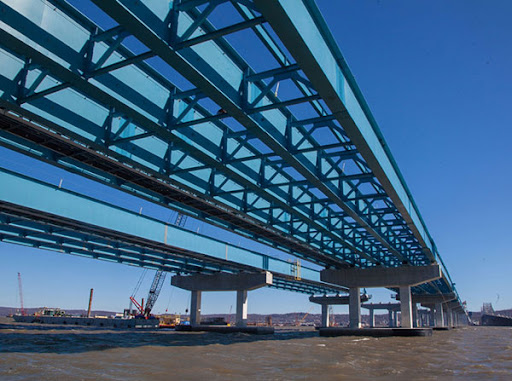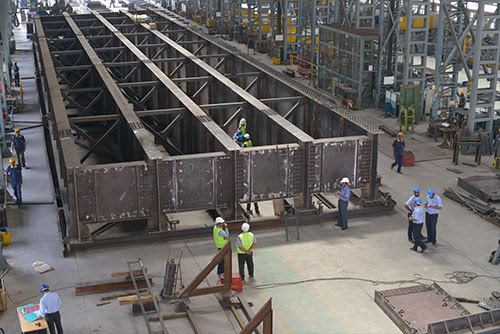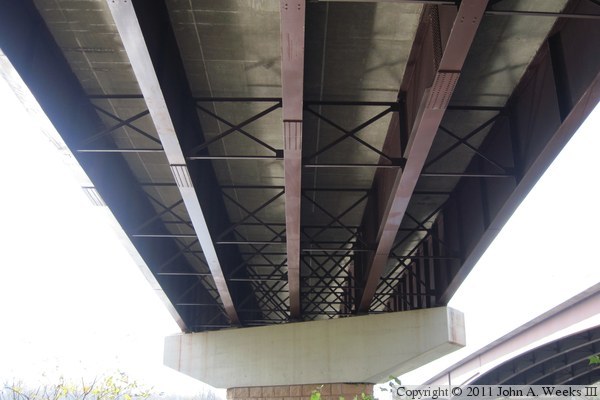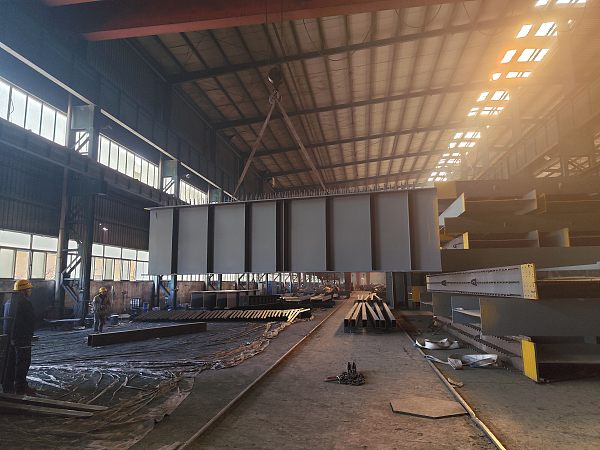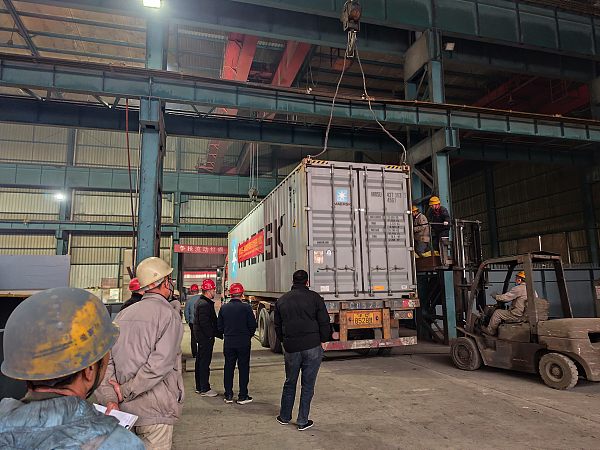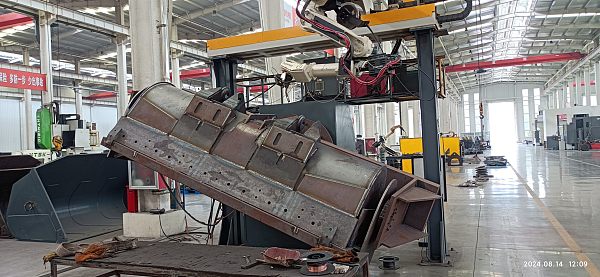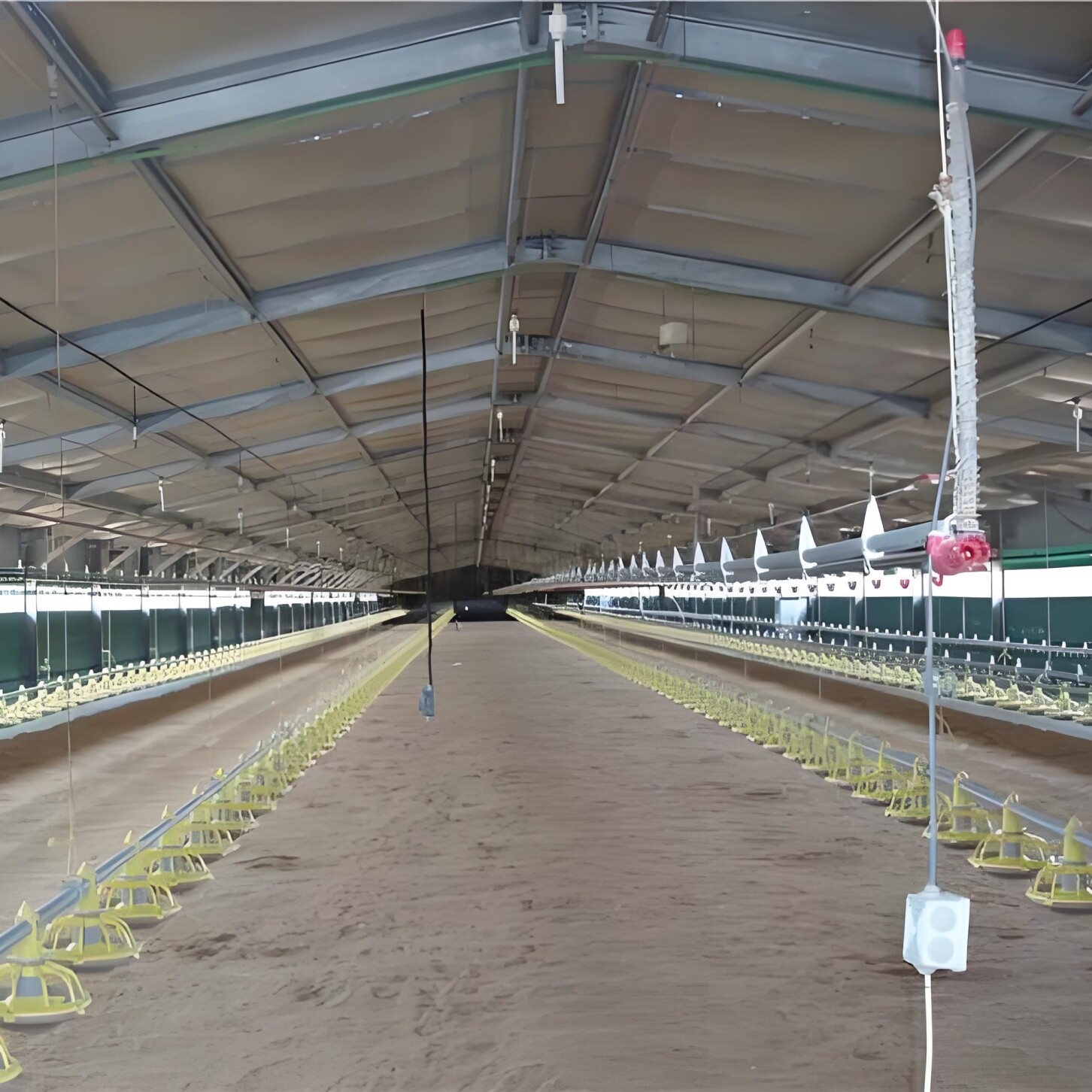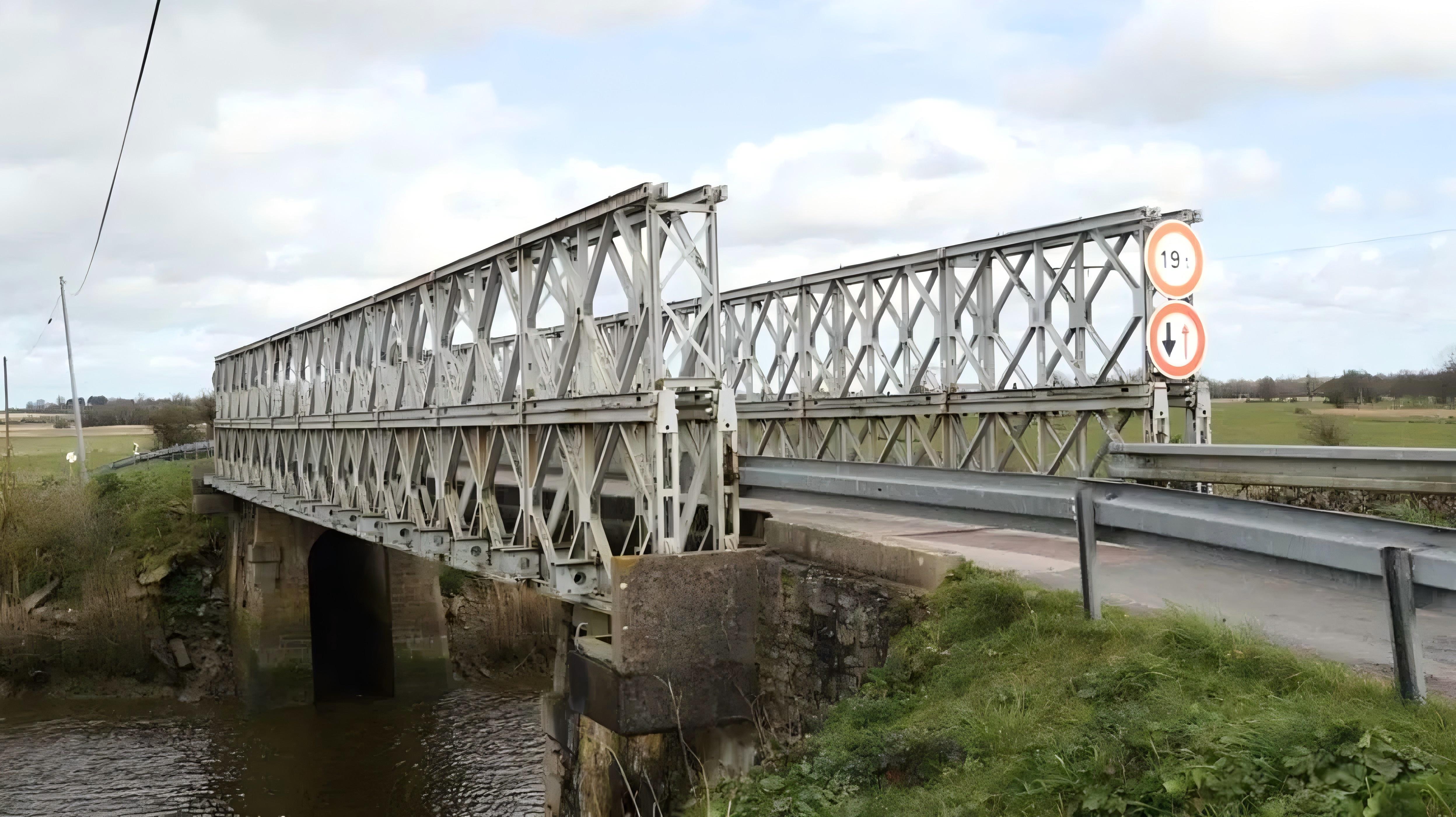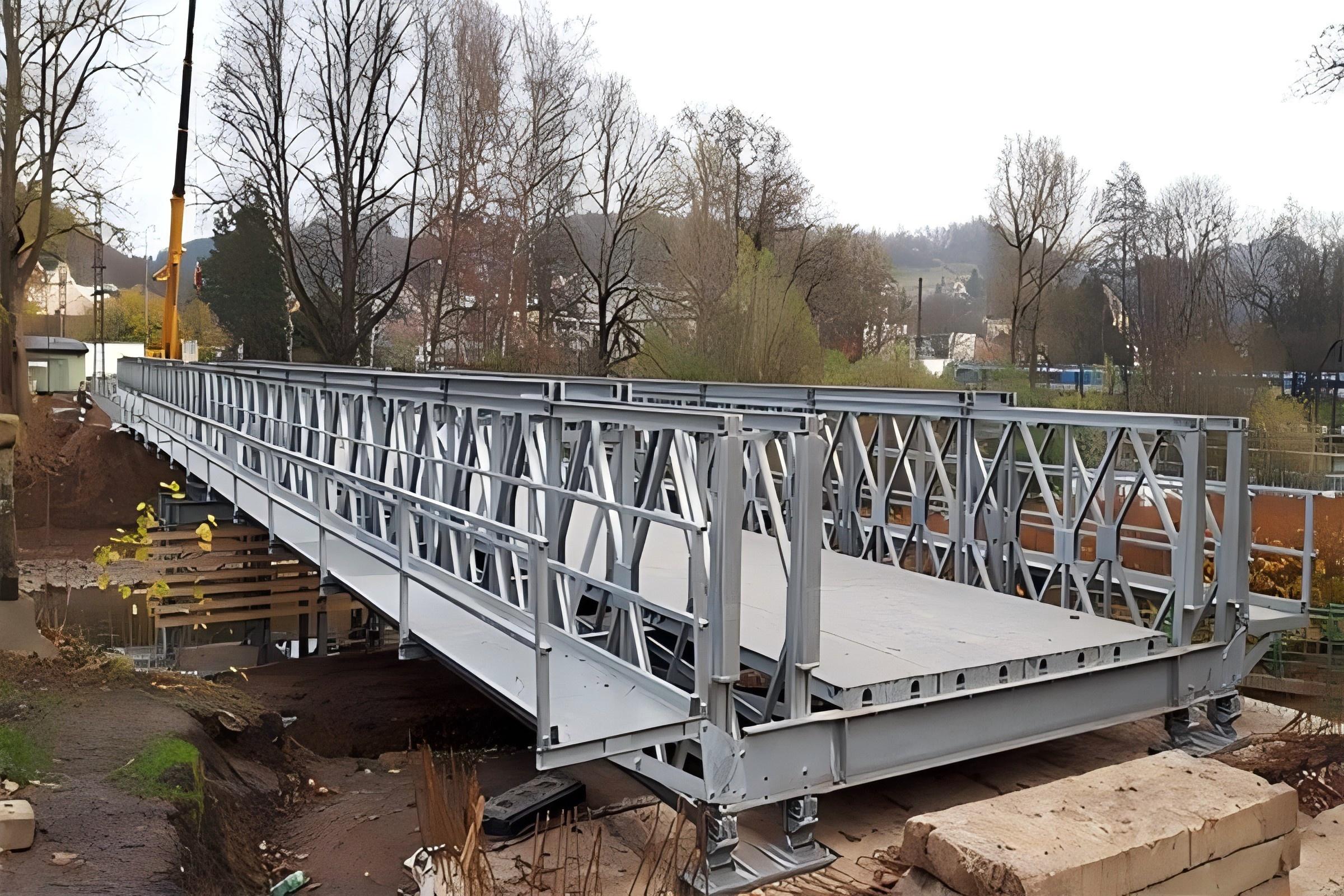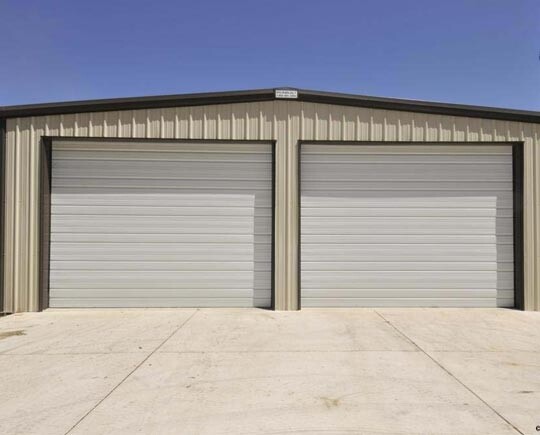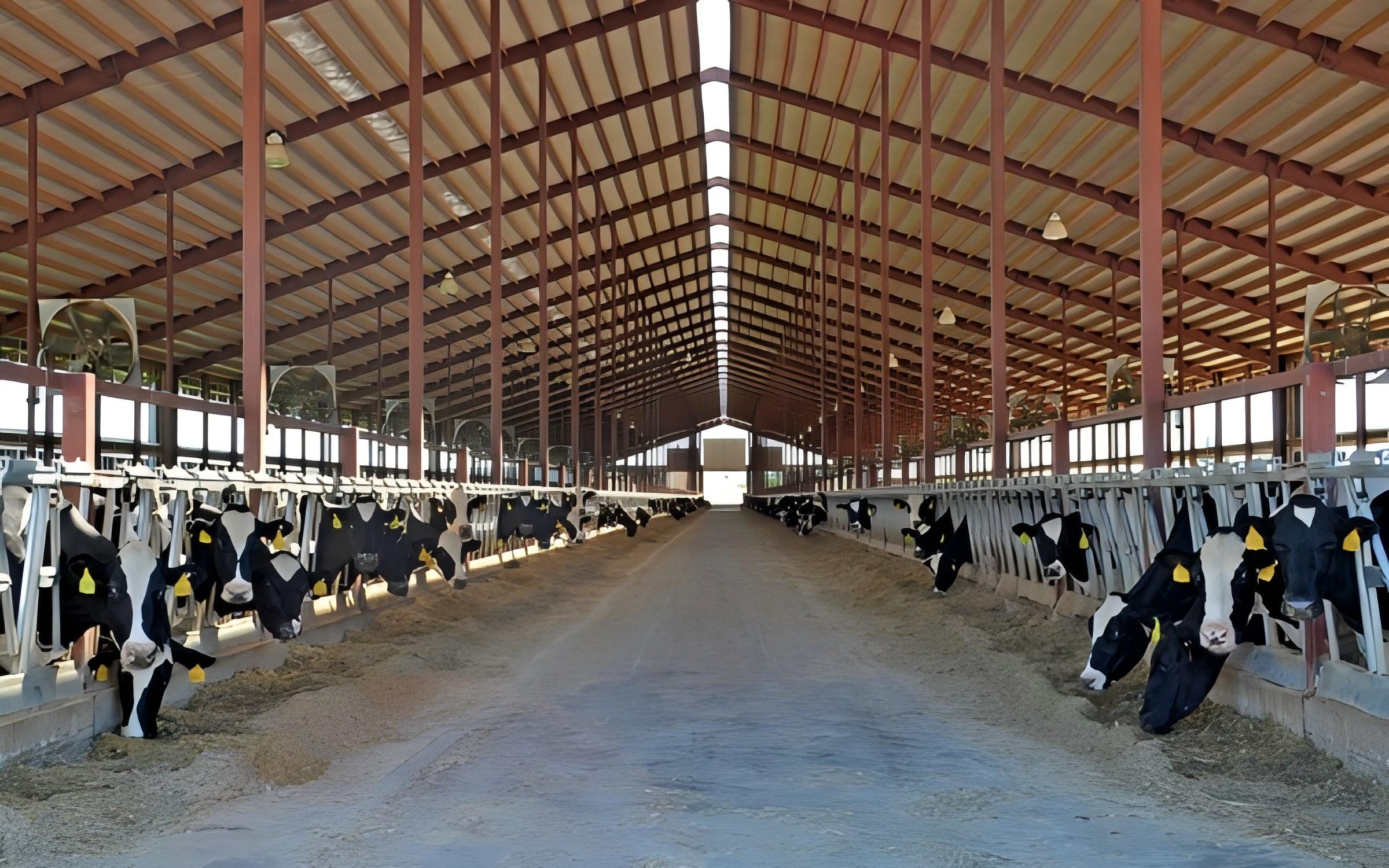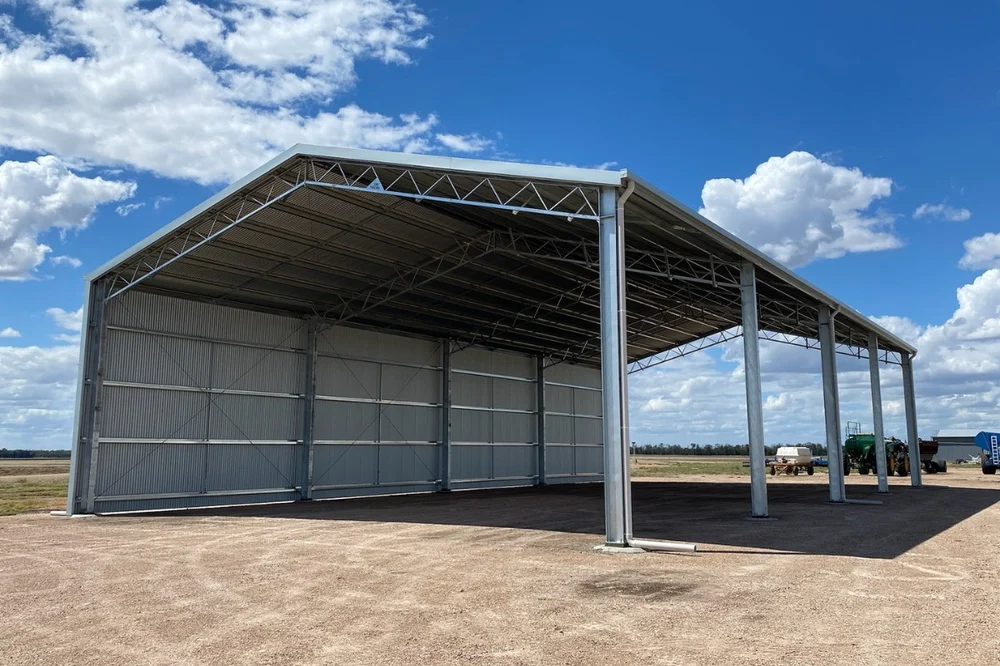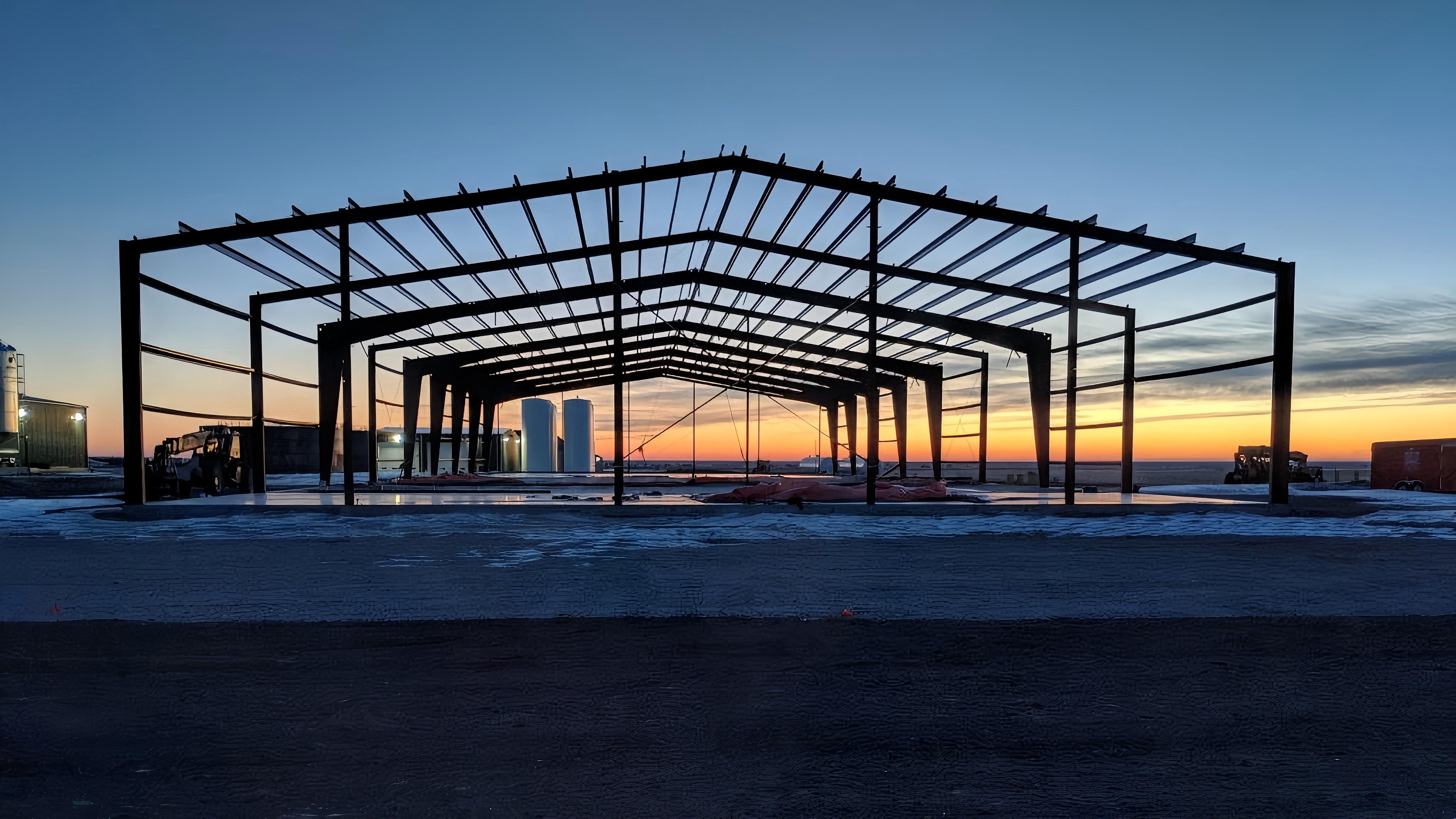- PRODUCT CENTER -
Leave A Message
Steel plate girder bridges are among the most commonly used bridge types worldwide, consisting of fabricated steel girders that support the bridge deck. These bridges offer an excellent balance between strength, economy, and constructability, making them ideal for short to medium spans (typically 20-100 meters).
Product Parameters

Steel Plate Girder Bridges: Design, Types, and Applications
Steel plate girder bridges are among the most commonly used bridge types worldwide, consisting of fabricated steel girders that support the bridge deck. These bridges offer an excellent balance between strength, economy, and constructability, making them ideal for short to medium spans (typically 20-100 meters).
Key Components:
Main Girders:
Welded or bolted steel plates forming I-shaped sections
Typically deeper than rolled steel beams for greater strength
Flanges:
Top flange (compression)
Bottom flange (tension)
Width and thickness vary along span based on bending moments
Web Plate:
Vertical plate connecting flanges
Resists shear forces
Often reinforced with stiffeners
Stiffeners:
Transverse stiffeners (vertical plates) prevent web buckling
Longitudinal stiffeners increase bending capacity
Bracing System:
Provides lateral stability during construction and service
Includes cross frames and diaphragms
Types of Steel Plate Girder Bridges:
Non-Composite vs. Composite:
Non-composite: Steel girders act independently from deck
Composite: Steel girders and concrete deck work together (most common today)
Deck Types:
Concrete deck on steel girders (most common)
Orthotropic steel deck (lighter weight)
Span Arrangements:
Simply supported (single span)
Continuous over piers (multiple spans)
Cantilevered construction
Advantages:
High strength-to-weight ratio
Faster construction than concrete alternatives
Adaptable to various geometries (curved, skewed)
Easily modified or strengthened
Cost-effective for spans up to 100m
Disadvantages:
Requires corrosion protection
More susceptible to fatigue than concrete
May require more maintenance
Less aesthetically pleasing than some alternatives
Construction Methods:
Piece-Small Erection:
Girders assembled in shop
Transported in segments
Field-bolted on site
Full-Span Erection:
Complete girders lifted into place
Requires large cranes
Incremental Launching:
Assembled at one end
Pushed/pulled into position
Design Considerations:
Fatigue resistance (especially for highway bridges)
Lateral-torsional buckling prevention
Web crippling at supports
Deflection limits
Connection detailing
Typical Applications:
Highway overpasses
Railway bridges
Pedestrian bridges
Urban viaducts
Notable Examples:
I-35W St. Anthony Falls Bridge (USA): Replaced collapsed bridge with modern plate girders
Second Severn Crossing (UK): Continuous plate girder approach spans
Tappan Zee Bridge replacement (USA): Uses twin steel plate girders
Maintenance Requirements:
Regular painting/coating
Inspection for cracks and corrosion
Bearing maintenance
Deck joint maintenance
Innovations:
High-performance steels (HPS)
Corrosion-resistant alloys
Improved welding techniques
Advanced coating systems
Steel plate girder bridges continue to be the workhorse of medium-span bridge construction due to their reliability, economy, and well-understood behavior. Modern fabrication techniques and materials have extended their capabilities while reducing life-cycle costs.
Packaging and Transportation
Instruments and Equipment
FAQ
Q: How can I get a quote for my project?
Q: How long can I get the price?
Q: Can we visit your factory?
Q: Do you provide customized product services?
Q: Where is the loading port?
Q: How to package the product?
Q: What if I have no import experience?
Q: Can you provide on-site installation service?
Q: How long is the delivery time?
Q: What is your payment terms?
Q: How can I place an order if my trial order does not reach your MOQ?
Q: How do you control product quality?
Contact Us
RELATED PRODUCTS
TOUCH WITH US

